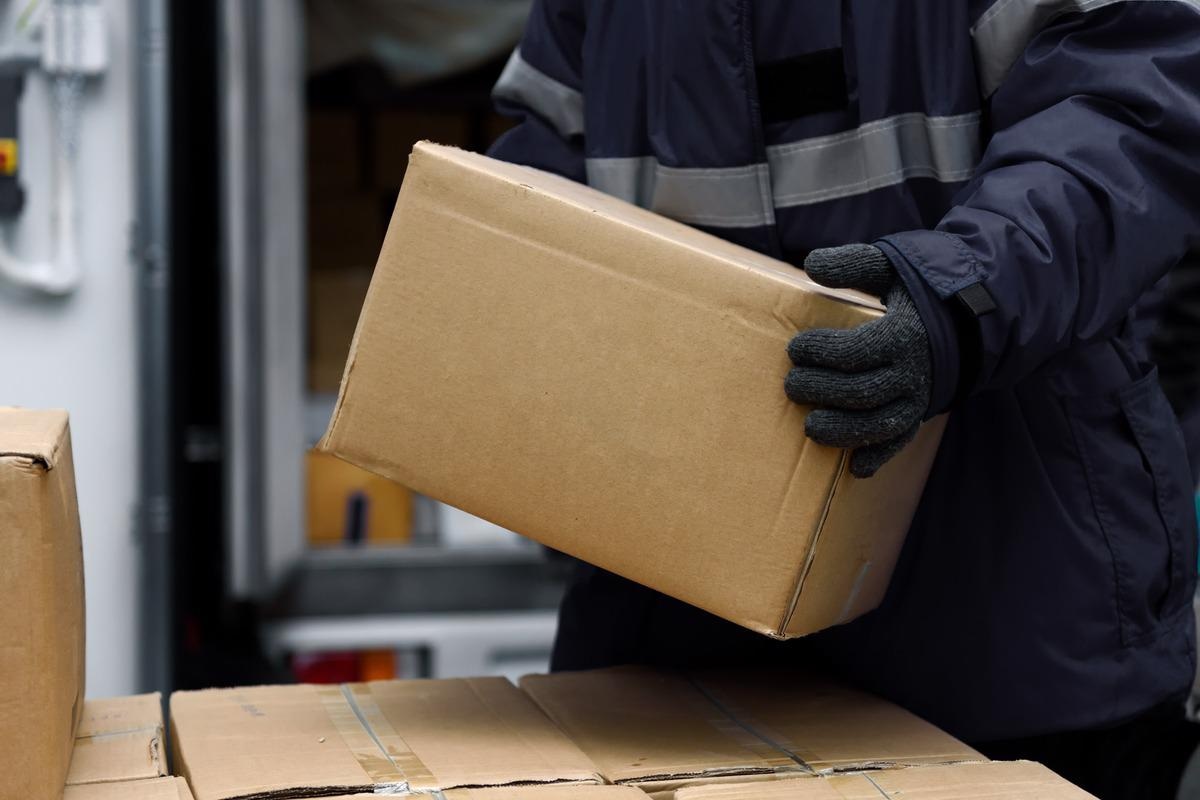 By Neha MathurReviewed by Danielle Ellis, B.Sc.Mar 15 2022
By Neha MathurReviewed by Danielle Ellis, B.Sc.Mar 15 2022In a recent study published in the latest issue of the Biomedical Journal, researchers reviewed coronavirus disease 2019 (COVID-19) resurgence events in China related to frozen food and packaging contaminated with severe acute respiratory syndrome coronavirus 2 (SARS-CoV-2).
 Study: Time course and epidemiological features of COVID-19 resurgence due to cold-chain food or packaging contamination. Image Credit: Sorn340 Studio Images/Shutterstock
Study: Time course and epidemiological features of COVID-19 resurgence due to cold-chain food or packaging contamination. Image Credit: Sorn340 Studio Images/Shutterstock
They identified one of the weak links of the SARS-CoV-2 epidemic where patient zero often remained hidden and was hard to detect, such that the infectious disease outbreak was apparent only after a while and by that time had spread uncontrollably. The current review findings could help devise more effective COVID-19 mitigation and intervention strategies for the future.
Background
After the first COVID-19 outbreak of late 2019 in Wuhan, China, several incidences of COVID-19 resurgence events related to frozen food or packaging contamination have been reported as China imports frozen food from countries where the COVID-19 epidemic is ongoing.
Most of these events reported since July 2020 traced back to frozen shrimp imported from Ecuador. Later, in September 2020, the live SARS-CoV-2 virus was isolated from the outer packaging of imported frozen cod carried by the two stevedores found to be SARS-CoV-2-positive during a routine nucleic acid amplification test (NAAT) testing of the personnel in Qingdao Port, China. According to the authors, this event is the first known case where live SARS-CoV-2 was detected on cold-chain food in the world, confirming that it can survive on cold-chain food packaging and spread through cross-border transportation.
Perhaps SARS-CoV-2 itself is not responsible for the material surface contamination. In lieu, the enclosed and highly humid environment of food packaging and processing facilities and transportation favors the material-to-human SARS-CoV-2 spread. To date, epidemiological features of such COVID-19 outbreaks and the risk of this transmission route remain unclear.
In the present study, researchers conducted a literature search on the official website of the Centers for Disease Control of China and local authorities to identify COVID-19 resurgence events related to cold-chain food or packaging contamination. Additionally, they gathered the relevant epidemiological events and laboratory evidence to support their work.
Incidences of COVID-19 resurgence in China
On August 6th, 2020, in Yingkou, Liaoning Province, China, three packaged food samples were SARS-CoV-2-positive, whereas all 43 employees and 306 personnel of the enterprise tested SARS-CoV-2-negative in the NAAT and antibody tests. This finding led researchers to one of the most intriguing findings of this literature review that SARS-CoV-2 does not transmit via eating or buying cold-chain food products. Thus, it is evident that only the port staff, especially the stevedores, were at high risk of contracting SARS-CoV-2 as they came in direct contact with virus-contaminated materials and needed COVID-19 vaccination on priority.
Further, this finding led to the understanding that successful COVID-19 transmission to humans occurs through the material surface only when - i) a human (host) comes in direct contact with the SARS-CoV-2-contaminated material surface, including food packaging and ii) the human carrier sheds the virus to the surface.
Interestingly, SARS-CoV-2 stays viable (live) and stable on material surfaces, such as cardboard and plastic, for days, particularly under refrigerated (4°C) and frozen (-10 to -80°C) conditions; however, when it finds another human body through direct contact, it rapidly disseminates via human-to-human transmission.
Incidences of COVID-19 resurge in other countries
A rather popular COVID-19 resurgence event occurred in Auckland, New Zealand in August 2020. After 102 consecutive days of zero local cases of COVID-19 in Auckland, authorities reported four lab-confirmed COVID-19 cases in one Auckland household with no overseas travel history. Notably, one of the SARS-CoV-2-positive individuals in this household worked with a cold-chain company.
Within two days, three more employees tested SARS-CoV-2-positive, and seven family members of these cold-chain workers also tested positive. By October 2020, there were 179 origin-unknown cases with a C.12 lineage of SARS-CoV-2, designated as the outbreak of Auckland August Cluster.
Likewise, similar outbreaks have occurred in several other countries, including Australia, Japan, Germany, and the United States, among workers of food processing facilities.
Additionally, there have been multiple cruise ship outbreaks of norovirus in the United States between July and October 2019. The present food provisioning review traced this infection to imported frozen raspberries from China, which then had to be recalled. Workplace conditions, such as prolonged close contact with coworkers, shared workspace and transportation, and congregate housing, also add to the risk for SARS-CoV-2 infection.
According to the data released by the Centers for Disease Control and Prevention (CDC), United States, between March 1st and May 31st, 2020, there were 28,364 reported cases and 132 deaths among workers in 382 meat and poultry processing facilities in several US states. Often these workplaces were crowded and highly humid, overall, conducive for human-to-human, human-to-material, and material-to-human transmissions.
Conclusions
To conclude, the study highlights the significance of surveying materials and the entire territory where imported products arrive as frequent human testing alone does not suffice. Additionally, the study data suggest that regular sampling and proper disinfection of imported products are effective ways to detect SARS-CoV-2 and prevent its spread on material surfaces.
In 2021, the Joint Prevention and Control Mechanism of the State Council of the People’s Republic of China issued a series of technical guidance for the prevention of COVID-19 transmission related to cold-chain food and controlled occurrence of several community-level outbreaks with the potential to turn into an epidemic.